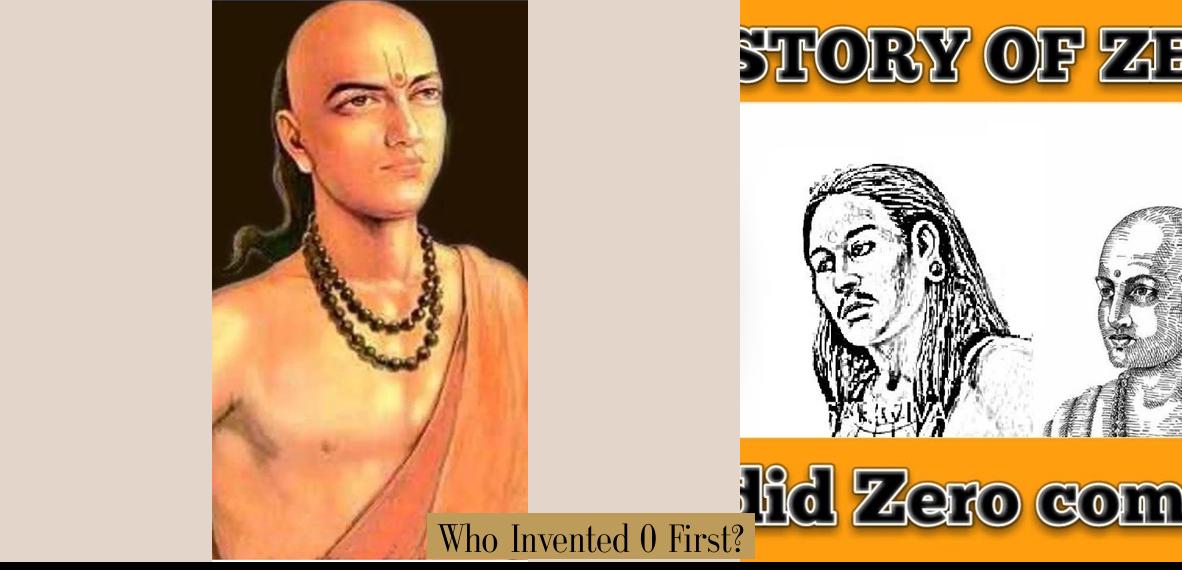Who Invented Zero First? A Tale of Numbers, Scholars, and a Big, Fat Zero
Let’s face it, zero is pretty darn important. Without it, we’d be stuck with a world where we couldn’t count past nine, and our math textbooks would be about as exciting as watching paint dry (though, I’d argue that paint drying is more mesmerizing). So, who gets the credit for this groundbreaking invention?
Well, buckle up, because the answer isn’t as simple as “Aryabhata did it!” It’s more like a convoluted, multi-episode historical drama with twists, turns, and a few questionable characters.
The Great Zero Chase: A History in a Nutshell
The first recorded zero appeared in Mesopotamia around 3 B.C. It was like a shy, little zero, hiding amongst other numbers, just trying to make its way in the world. The Mayans, bless their hearts, independently invented zero around 4 A.D. They were like, “Hey, Mesopotamia, we have an idea too!”
Then, like a star athlete being recruited by multiple universities, zero went to India in the mid-fifth century. It was a whirlwind romance, with Indian mathematicians falling head over heels for this enigmatic number.
It wasn’t a one-night stand, though. Zero hung around, getting comfortable in the Indian culture, and even making its way to Cambodia by the end of the seventh century. By the end of the eighth century, it was spreading its wings, flying to China and the Islamic countries. Zero was a true global citizen.
Aryabhata, Brahmagupta, and the Zero-Sized Ego
Now, you might be thinking, “Okay, so zero travelled around a bit. Who invented it?” That’s where things get interesting. Aryabhata, a brilliant Indian astronomer and mathematician, is often credited with using zero in the decimal system around 476-550 CE. He was like the first person to give zero a proper introduction, saying, “Hey, world! This is zero. Get to know it.”
But hold your horses! Enter Brahmagupta, another Indian mathematician, who lived a century later. He’s the one who really fleshed out zero’s personality, detailing its properties and explaining how to use it in calculations. He was like the zero whisperer, understanding its true potential.
So, who gets the “Inventor of Zero” award? Aryabhata for introducing it or Brahmagupta for understanding it? It’s like a debate between the person who first discovered a remote island and the one who built a thriving city there. Both are important, but they play different roles in the story.
The Zero-Sum Game of Credit
The truth is, the invention of zero wasn’t a lone act of genius. It was a collaborative effort, a team sport, with contributions from mathematicians across different cultures and time periods.
It’s like watching a group of friends build a sandcastle. One person might start with the base, another might sculpt a tower, and someone else might decorate it with seashells. You can’t say who built the sandcastle, because it was a collective effort.
In the case of zero, Mesopotamia laid the foundation, the Mayans contributed their own unique twist, and the Indians helped it grow and evolve. It’s a testament to the power of collaboration and the fact that innovation often takes centuries to blossom.
Zero: The Humble Hero
And let’s be honest, zero itself is pretty humble. It’s not a flashy number, it doesn’t have any fancy tricks or superpowers. It’s just there, quietly doing its job, helping us understand the world around us.
So, the next time you see a zero, remember that it’s the result of a long and fascinating journey, a journey that involved brilliant minds from different cultures and eras. And give zero a little pat on the back for being the unsung hero of mathematics. It deserves it.
